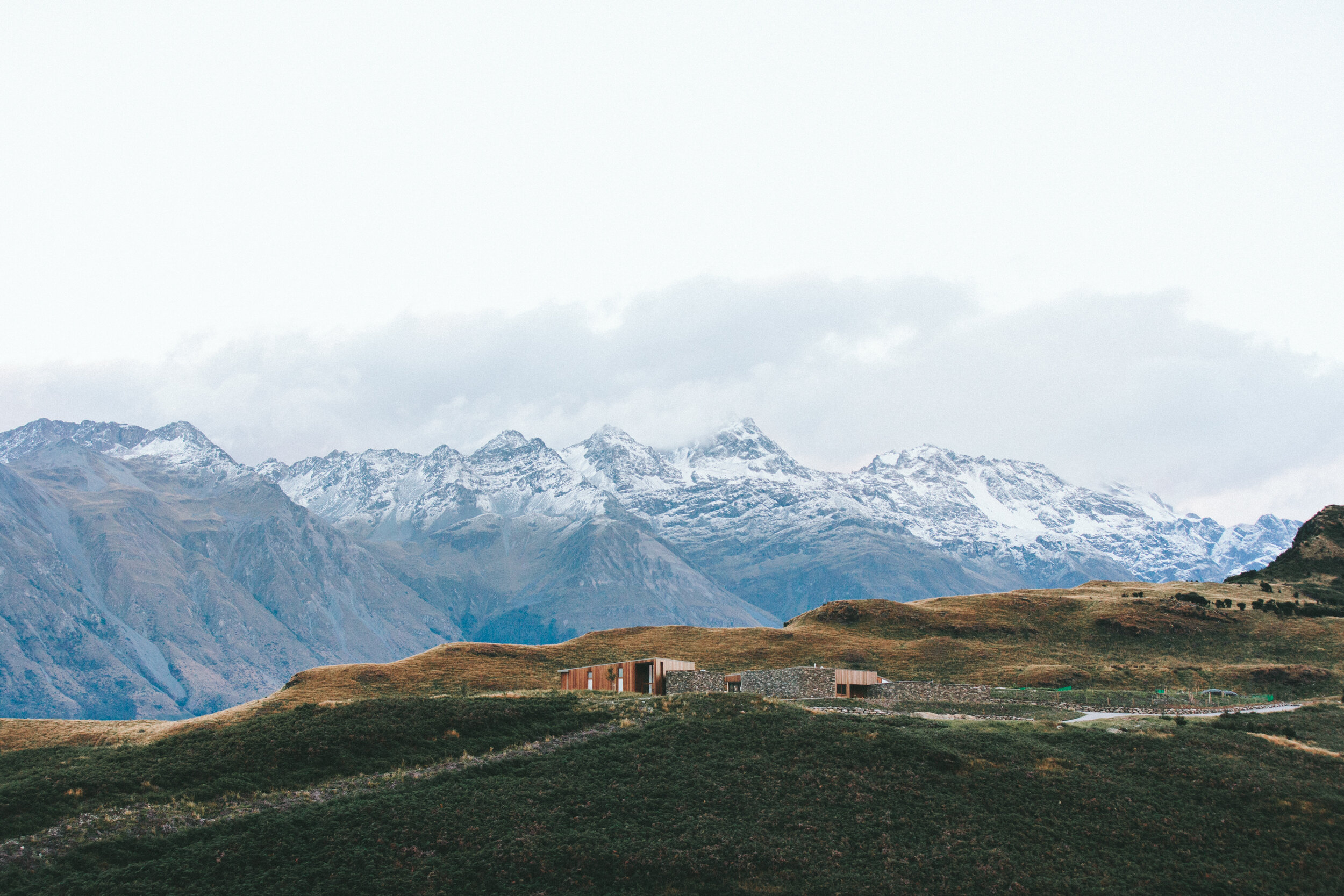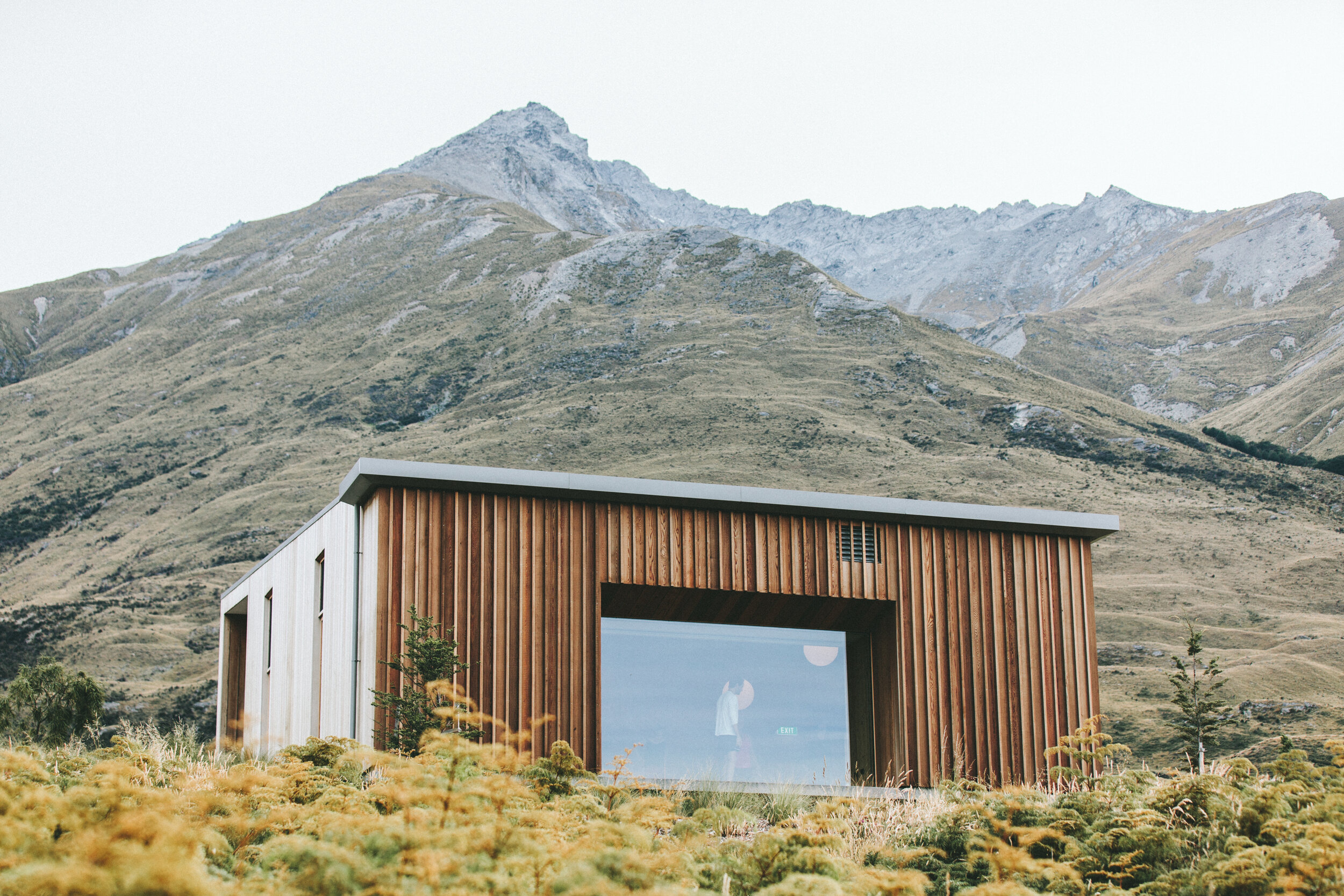Rhythm
Opening Sacred Space and Initial Guidance
Once participants have settled into their bedded areas and created their ceremonial nests, we gather the community with a gentle chime that calls everyone into collective presence. This moment marks the transition from ordinary preparation into sacred time, when the space itself begins to hold us in ceremony.
We begin with practical guidance that serves both safety and spiritual awareness. The location of bathroom facilities is shared again, along with gentle reminders about moving quietly to honor others' experiences. These aren't merely logistical instructions but invitations to mindful awareness of how we move through shared sacred space.
Understanding Thirst and Hydration During Ceremony
One of the first teachings we offer concerns the relationship between physical thirst and spiritual longing. When participants notice thirst arising during ceremony, we encourage them to pause and listen deeply - is this the body calling for water, or is it the soul expressing thirst for something deeper? This distinction becomes part of the ceremony's teaching about learning to discern between different types of needs.
For those who determine they are genuinely thirsty, we suggest first wetting the mouth and spitting out the water, which often satisfies the immediate sensation without affecting the medicine's work. Since participants have been fasting, adequate pre-ceremony hydration becomes essential - the body needs sufficient fluid reserves to support the natural purging process that often accompanies healing work.
However, we also acknowledge the complexity of this choice. If someone decides they need to drink water during ceremony, we encourage waiting several hours when possible, as hydration can influence both the duration and intensity of the medicine's effects. This isn't a rigid rule but rather guidance that helps participants make informed decisions about their experience while understanding the potential consequences.
Embracing Purging as Sacred Medicine
One of the most important teachings we share concerns the sacred nature of purging. In many wisdom traditions, the release that comes through vomiting is understood not as sickness but as medicine - the body's intelligent way of clearing what no longer serves. We invite participants to embrace purging with gentleness, recognizing it as part of the healing process rather than something to resist or feel ashamed about.
When the sensation of nausea arises, we guide participants into a kneeling position, which allows the body to work with gravity's natural assistance. As the upheaving sensation builds, lifting the bottom slightly helps facilitate the release. There is no "right" way to purge - each body knows its own process, and we encourage trust in that innate wisdom while offering practical support.
For participants experiencing stomach discomfort, we suggest moving from curled-up positions into more open postures that allow energy to flow. The body often contracts around discomfort, but gentle movement and stretching can help ease digestive distress.
Bathroom Support and Practical Care
We address bathroom needs with complete openness and without shame. The medicine often affects digestive processes, and we remind participants: don't trust any gas that arises during ceremony. If you feel the sensation that you need to use the bathroom, lightworkers are immediately available to assist you safely to the facilities.
Should accidents occur - and they sometimes do during profound healing experiences - we are prepared with shower facilities and second sets of clothes. Our team responds to these situations with complete normalcy and care, understanding that loss of bodily control can be part of deep release work. No one is ever shamed or left to manage these situations alone.
Breath as Primary Medicine During Onset
As the medicine begins to take effect, we guide participants to remember that breath itself is medicine. When the initial waves of the experience begin to build, conscious breathing becomes the most reliable anchor and ally. The breath serves multiple functions during ceremony - it provides grounding when reality begins to shift, offers a focal point when thoughts become scattered, and creates a bridge between the conscious and unconscious minds.
We teach participants to breathe deeply into their bellies rather than shallow chest breathing, which can increase anxiety as effects intensify. Long, slow exhales help activate the parasympathetic nervous system, supporting the body's natural ability to process the medicine's effects. When participants feel overwhelmed by the onset, returning attention to breath creates space around intense sensations rather than resistance.
The breath also serves as a gauge for how participants are navigating their experience. Facilitators listen for breath patterns that indicate distress versus natural intensity, helping distinguish between productive challenge and potentially harmful overwhelm. We encourage participants to vocalize their exhales when needed - sighing, moaning, or making sound with the out-breath can help release tension and move stuck energy through the system.
Community Introductions and Intention Sharing
Following the initial guidance about practical matters and breath awareness, we gather the community in a circle for introductions. Depending on the size of the group, each participant shares their name and offers a few words about their intention for the ceremony ahead. These intentions often emerge as single words or brief phrases that capture the essence of what they seek: connection, healing, co-creation, freedom, remembering, or other expressions of their deepest longing.
Participants may also choose to share where they are traveling from, both geographically and emotionally - acknowledging the journey that brought them to this sacred space. Some feel called to speak about loved ones they wish to place on the communal altar or dedicate their ceremony experience to - ancestors, children, partners, or even aspects of themselves that need healing attention.
This sharing circle serves multiple purposes beyond mere introductions. It begins to weave the individual journeys into a collective tapestry, creating threads of connection that will support the community throughout the ceremony. Following teachings from my mentor Pluma Blanco, we understand this sharing as a way for each person's unique vibration to contribute to the energetic fabric of our ceremonial community. Hearing others' intentions often resonates with participants' own unexpressed hopes, fostering a sense of belonging and shared purpose. The practice also helps facilitate the transition from ordinary social interaction into the deeper vulnerability that ceremony requires, as participants begin to speak from their hearts rather than their everyday personalities.
The Sacred Altar and Community Medicine Space
At the heart of our ceremonial space sits the community altar, which serves as both physical anchor and energetic focal point for the evening's work. This sacred space holds objects that represent the four directions, the elements, and the plant spirits we work with. Participants' personal offerings - photographs of loved ones, meaningful stones, crystals, or spiritual artifacts - join these foundational elements, creating a collective shrine that honors both individual intentions and universal healing forces.
The altar functions as more than symbolic decoration; it becomes a living repository of the community's prayers and intentions. As participants place their offerings throughout the ceremony, the altar accumulates the energetic signatures of everyone present, creating a concentrated field of healing intention. This physical manifestation of collective purpose provides a tangible reminder of what we are creating together - a space where individual healing serves the greater whole.
The mystical weaving that occurs around the altar reflects the deeper medicine of ceremony itself. Just as the plant spirits work within individual bodies to promote healing, the altar serves as an external representation of how personal transformation ripples outward to benefit the entire community and beyond. The objects placed there during ceremony often carry significance that emerges spontaneously, as participants feel called to contribute items they hadn't planned to share, responding to the collective energy rather than premeditated intention.
Transition to Sacred Ceremony
Following the altar dedication, we offer a brief pause for anyone needing to use bathroom facilities one final time before entering the deepest phase of ceremonial work. This practical consideration serves both comfort and safety, as participants will soon be entering altered states where leaving the ceremonial space becomes more challenging.
When everyone has returned to the circle, we dim the lights and begin the formal transition into ceremony through opening visualization practices that unite the community in shared intention. Gentle music accompanies this settling process while facilitators prepare the medicine with reverence and care, acknowledging the plant spirits we are about to receive.
Medicine Administration and Blessing
The administration of medicine occurs through one of two approaches, depending on the group's size and energy. Either participants approach individually to receive their portion while maintaining meditative awareness, or the entire community drinks together in synchronized communion. Before consumption, we offer a brief blessing that honors the plant teachers, acknowledges the courage required for this work, and invites the highest healing for all beings.
This moment of taking medicine marks the formal beginning of the journey ahead. Following consumption, we share a few more songs to support the medicine's initial effects and help participants settle into the experience. Soon after, we enter into stillness - allowing the silence to become a container for whatever wants to emerge as the plant spirits begin their teaching.
Initial Settling and Ongoing Support
As participants settle into their bedded areas, the medicine begins its subtle work within their systems. Lightworkers move quietly through the space, checking in periodically with gentle whispers to assess how individuals are responding to the medicine. These check-ins serve both safety and guidance purposes - "How are you feeling? Are you noticing any effects yet?" - helping facilitators track the medicine's onset across the community.
The timing and intensity of effects varies significantly between individuals based on body chemistry, previous experience, and the particular medicine being used. Some participants feel initial shifts within twenty to thirty minutes, while others may need an hour or more before noticing changes. This natural variation requires patient observation rather than assumptions about appropriate timing.
Assessment for Second Dosing
After an appropriate interval - typically 60 to 90 minutes depending on the specific medicine - lightworkers again circulate to assess whether participants might benefit from additional medicine. This second-dose opportunity recognizes that initial conservative dosing prioritizes safety while still allowing for deeper exploration when appropriate. Participants who feel called to go deeper and are navigating their current state with stability may choose to receive additional medicine, while others find their initial dose provides exactly the intensity they need for their healing work.
Movement and Exploration Phase
As the ceremony progresses, there comes a natural stirring as participants feel called to explore beyond their initial resting spaces. Some may want to sit by the fire for contemplation, venture into natural outdoor spaces, or work privately with their personal plant medicines. We encourage this organic movement while emphasizing mindful awareness of how individual actions affect the collective experience.
Mindful Communication and Consent
During this phase, participants exist in varying states of consciousness, making thoughtful communication essential. We teach that attempted conversation can significantly impact others who may not be ready for verbal interaction. When someone prefers to remain in silence, prayer hands serve as an effective non-verbal signal of their internal state.
Body language becomes a crucial form of communication - if you do not wish to embrace when someone approaches, gently crossing your arms or offering soft eye contact can convey blessings while maintaining your boundaries. These subtle signals help preserve everyone's experience while honoring the natural desire for connection.
Reflection on Engagement Desires
If participants find themselves wanting to engage in conversation or interaction, we encourage pausing to reflect: What is driving this desire? Can you hold this impulse with curiosity rather than immediately acting upon it? Often the urge to communicate arises from avoidance of internal experience or seeking external validation during vulnerable moments. Learning to sit with these impulses without immediately responding can deepen the ceremonial work and develop greater capacity for solitude and self-reflection.
Rest and Integration Phase
As the intensity of the medicine experience begins to naturally shift, we encourage participants to seek rest and get cozy in their bedded areas. This quieter phase allows for integration of insights and experiences while the body processes the medicine's effects. Rest becomes not just comfort but medicine itself, providing space for the nervous system to integrate the profound shifts that have occurred.
Celebration and Community Nourishment
At the appropriate moment - when facilitators sense the group is ready for gentle re-emergence - we begin serving teas, fresh fruit, and light nourishment to support participants' return to their bodies. Music resumes, marking the transition into the celebratory phase of our journey. This becomes a time of joy and expression where we encourage dancing, singing, and the natural levity that often emerges after deep healing work. All the giggles and smiles that want to come forward are welcomed as part of the medicine's gifts.
Closing Circle and Final Sharing
Depending on the facilitator's assessment and the group's energy, we conclude with final remarks and an official closing of ceremonial space. For smaller groups, each participant may share reflections or ask questions in a structured circle. Larger groups might unfold their sharing "popcorn style" - with people speaking as they feel moved to do so rather than in predetermined order. This organic conclusion honors both individual processing and collective witness, allowing the community to acknowledge the journey they've shared together before returning to ordinary reality.
-

Gather
What should we know about the services you provide? Better descriptions result in more sales.
-

Ritual
What should we know about the services you provide? Better descriptions result in more sales.
-

Meditation
What should we know about the services you provide? Better descriptions result in more sales.
-

Celebration
What should we know about the services you provide? Better descriptions result in more sales.